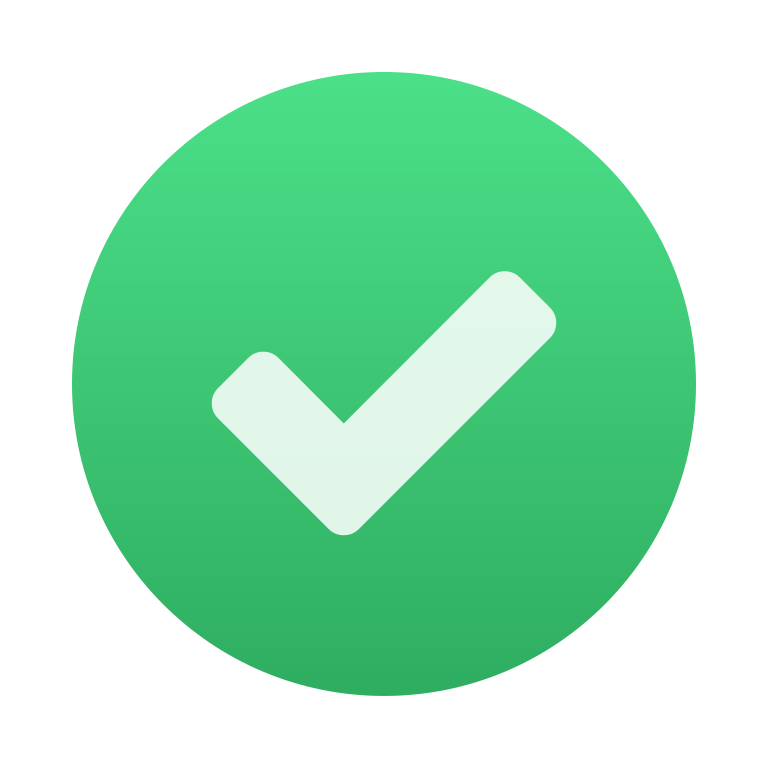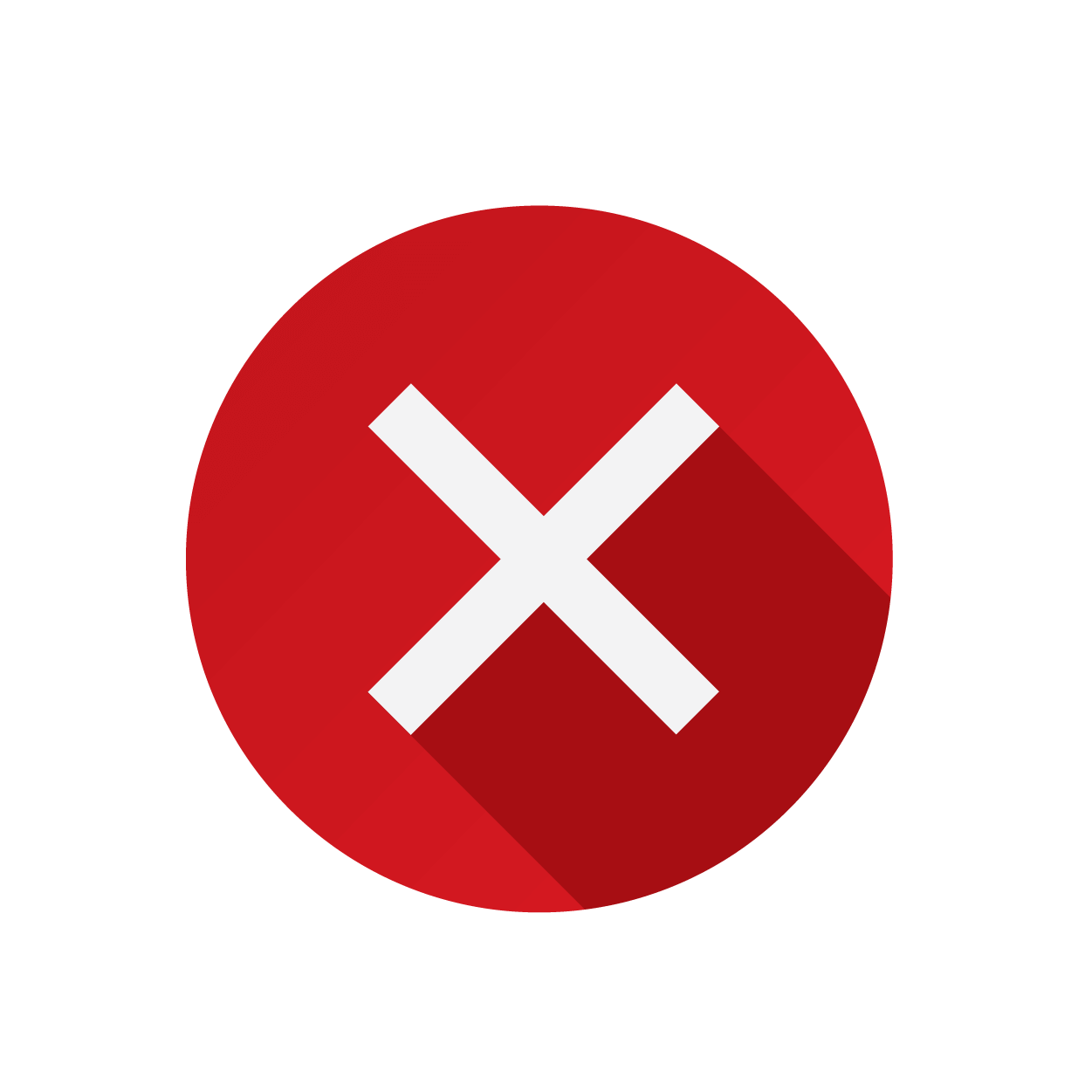Scratch
Block Programming
COURSE DESCRIPTION
Scratch is a visual programming language and online community developed by the Lifelong Kindergarten Group at the Massachusetts Institute of Technology (MIT). It provides a simple and intuitive way for beginners, particularly children, to learn programming concepts and create interactive projects.
In Scratch, users can create programs by dragging and dropping code blocks, which eliminates the need to write traditional lines of text-based code. The blocks fit together like puzzle pieces and allow users to create animations, games, stories, and other interactive experiences.
Some key features of Scratch include:
-
Visual coding: Instead of typing out lines of text, users create programs by snapping together graphical blocks that represent different commands and functions.
-
Sprite-based programming: Scratch uses a sprite-based system where users can create and control characters (known as sprites) that can interact with each other and the virtual environment.
-
Event-driven programming: Users can program their sprites to respond to events such as clicking, key presses, or timers. This allows for interactive and dynamic projects.
-
Built-in media library: Scratch provides a wide range of graphical and sound assets that users can incorporate into their projects. These assets can be customized or imported from external sources.
-
Online community: Scratch has a large online community where users can share their projects, collaborate, and get feedback from others. This community aspect encourages creativity, exploration, and learning from others.
LEARNING OUTCOME
-
Computational Thinking
-
Creativity and Expression
-
Logical Reasoning
-
Collaboration and Communication
-
Persistence and Problem-Solving
-
Digital Literacy
-
Transferring to Other Languages
Platform Used
MIT SCRATCH SOFTWARE
Weekly Hours
5 Hours
Age
6 yrs to 12 yrs
Total Hours
30 Hours
Mode
Offline & Online
Teacher to Child
1:10
Language
English & Hindi
Certificates
YES


 E-Book
E-Book






